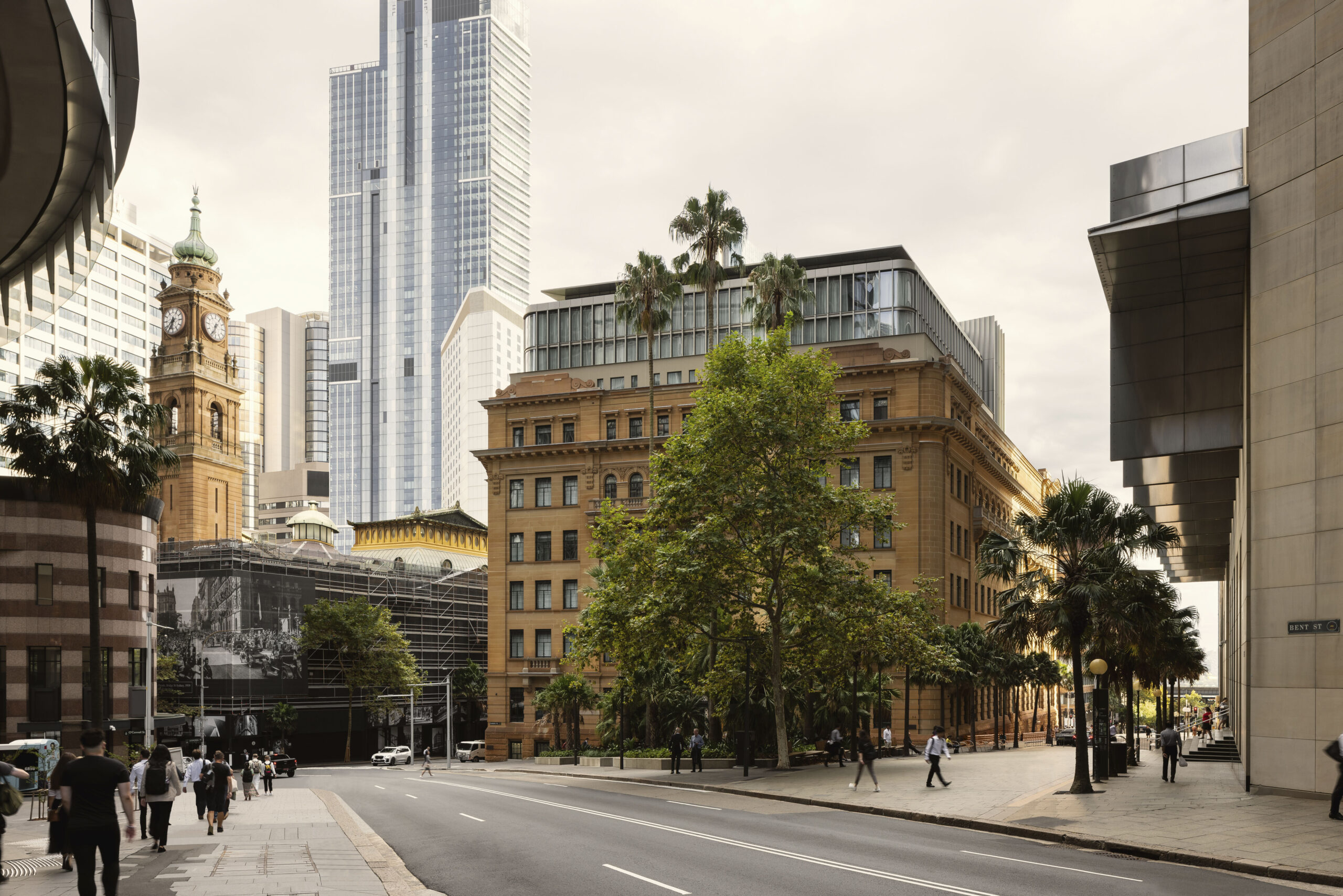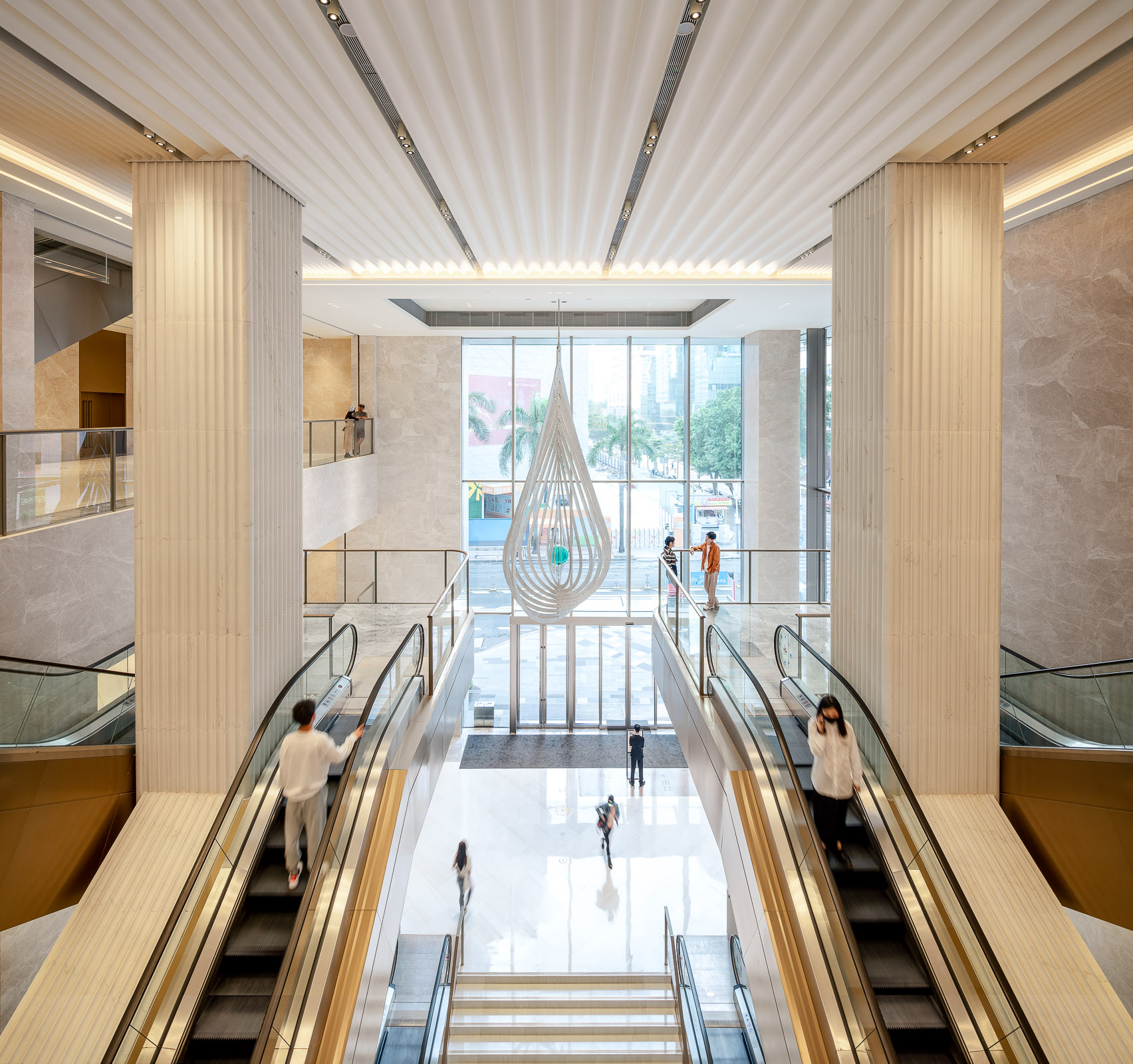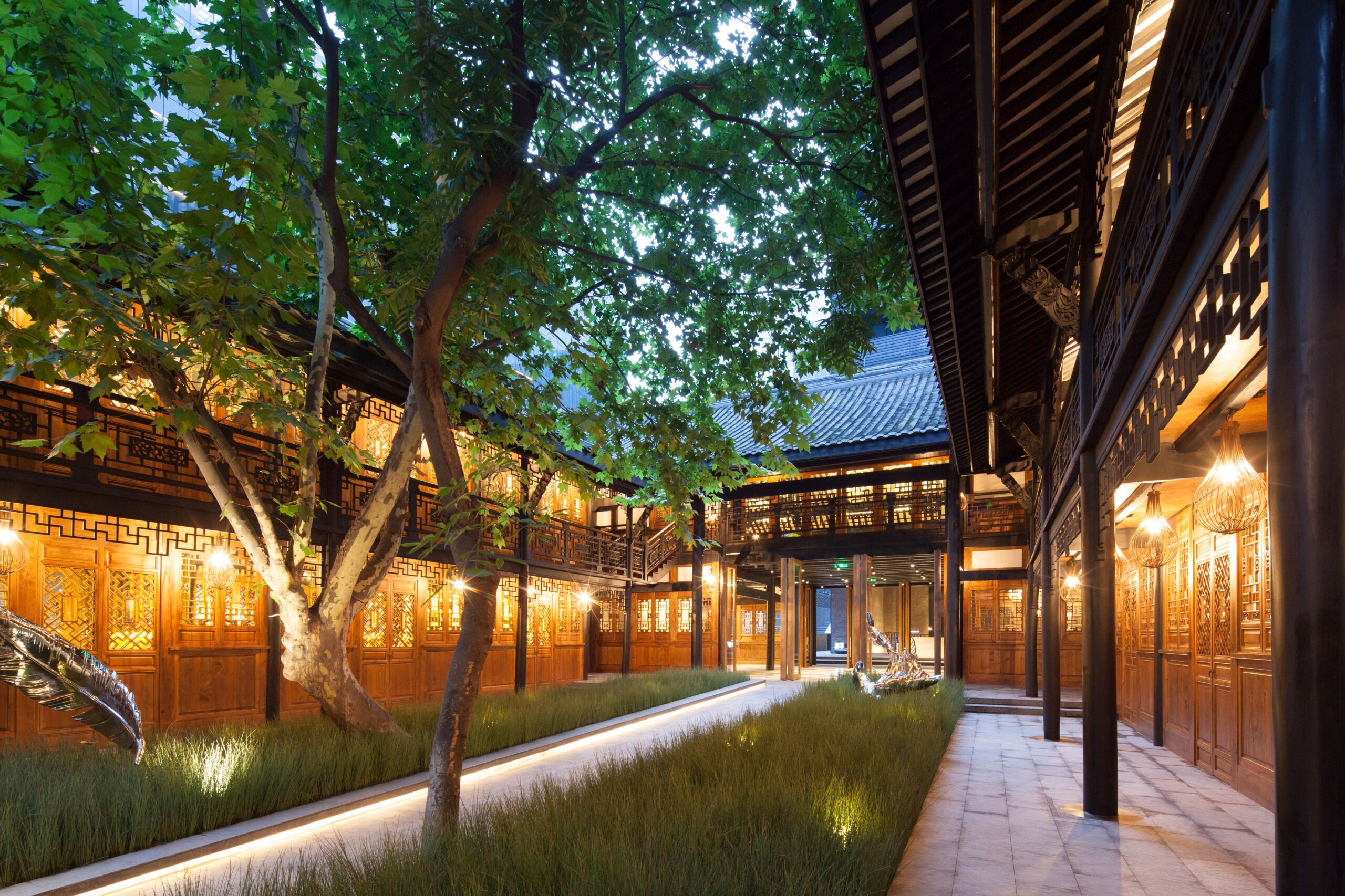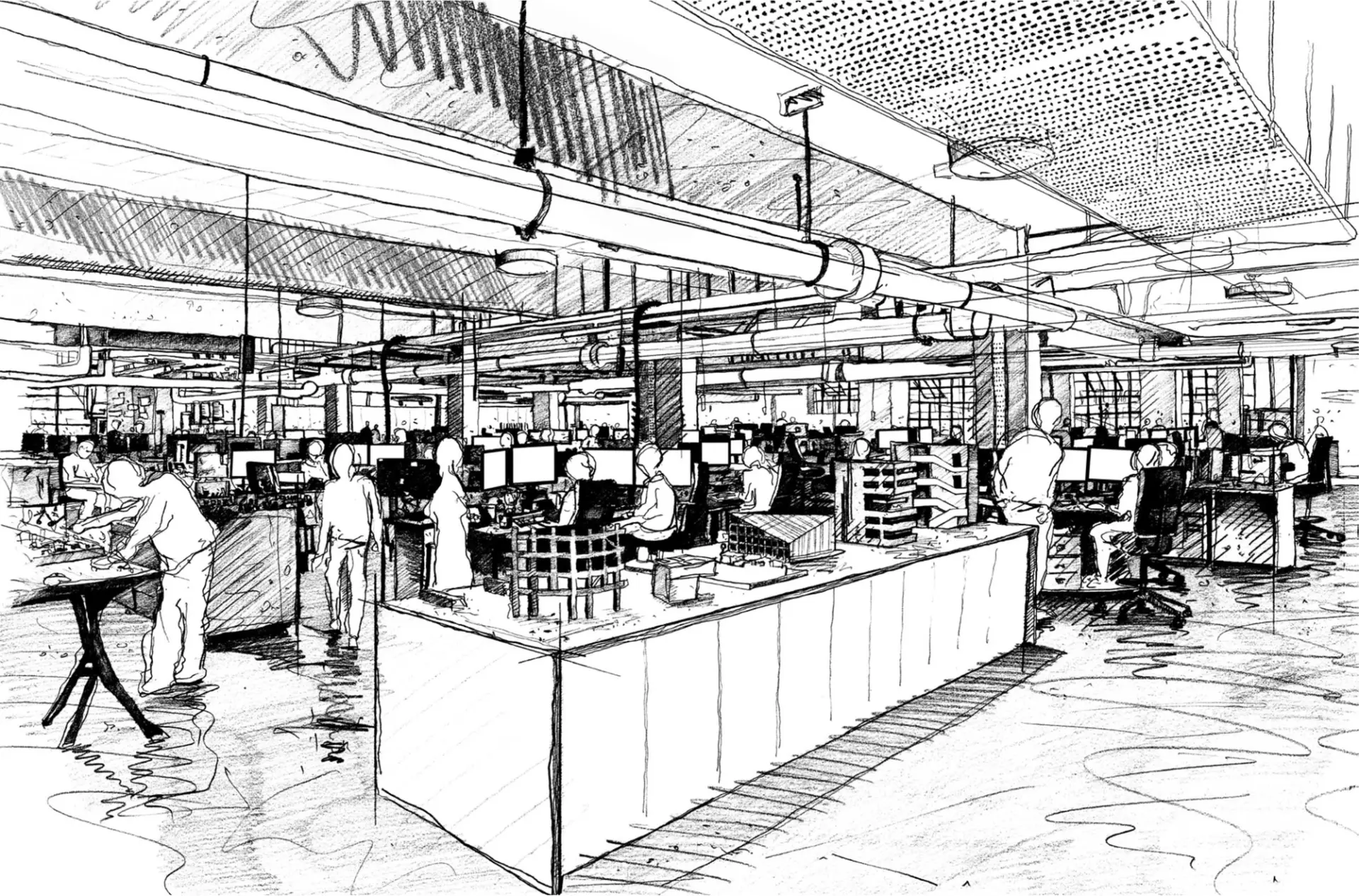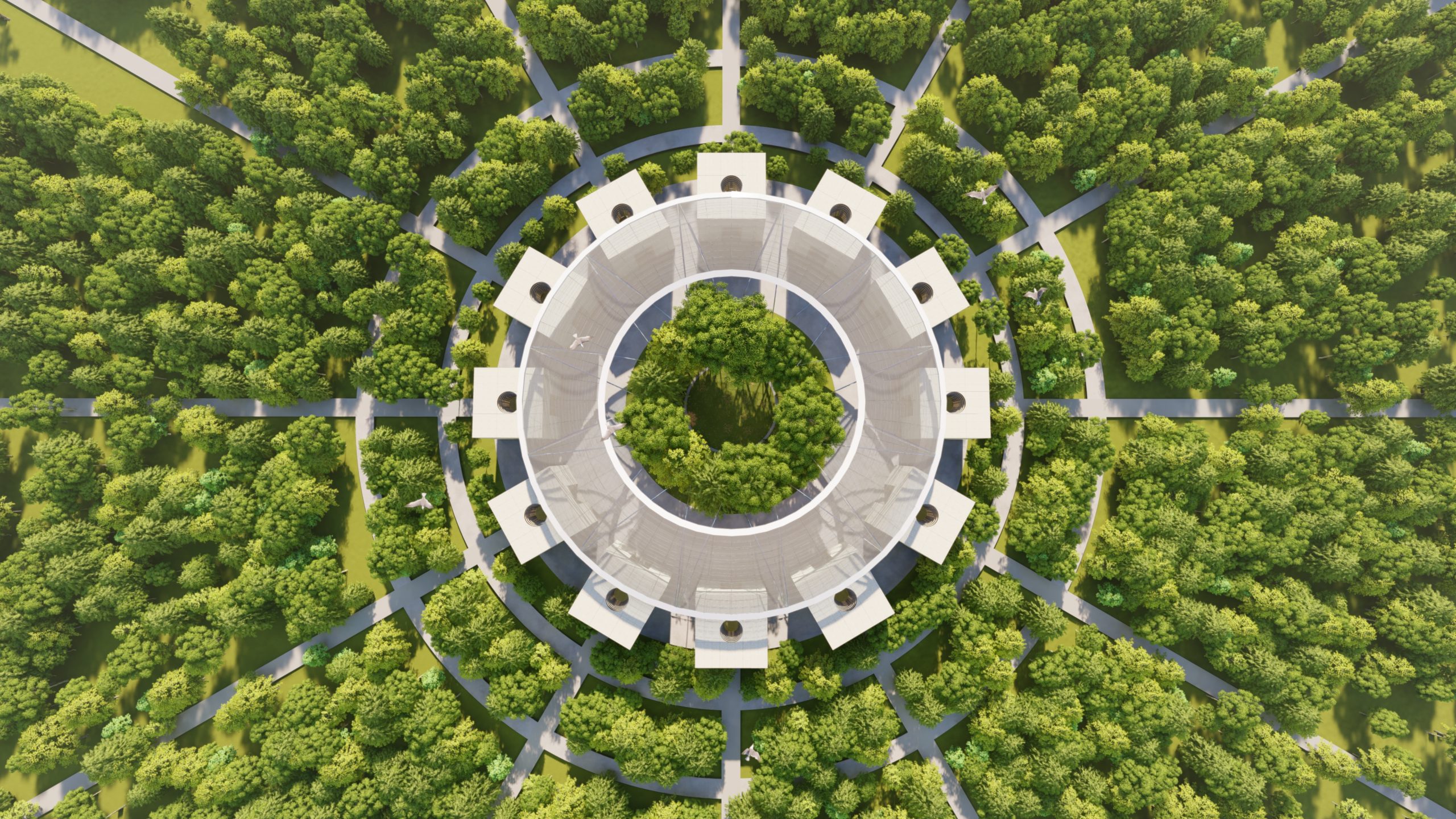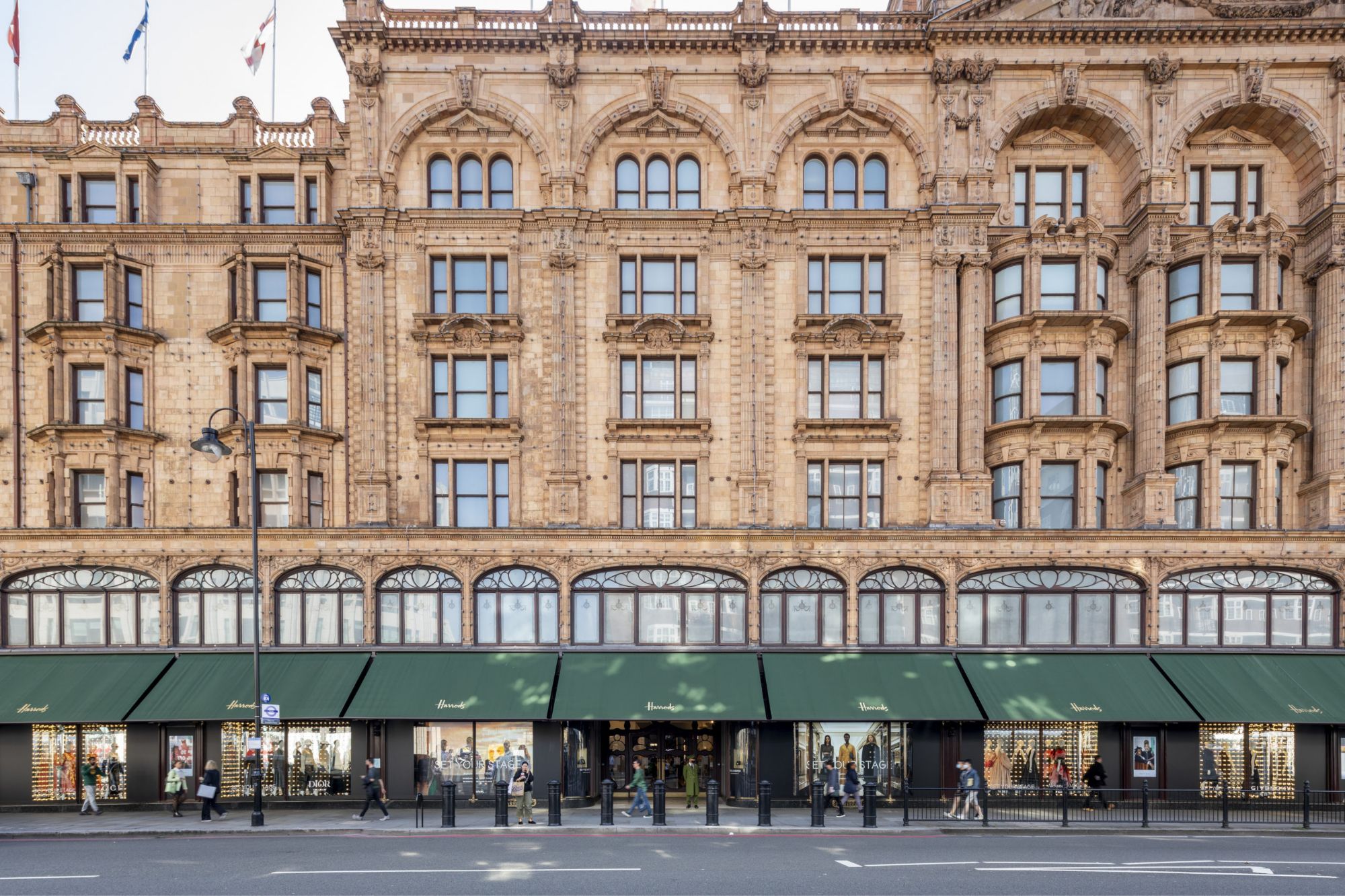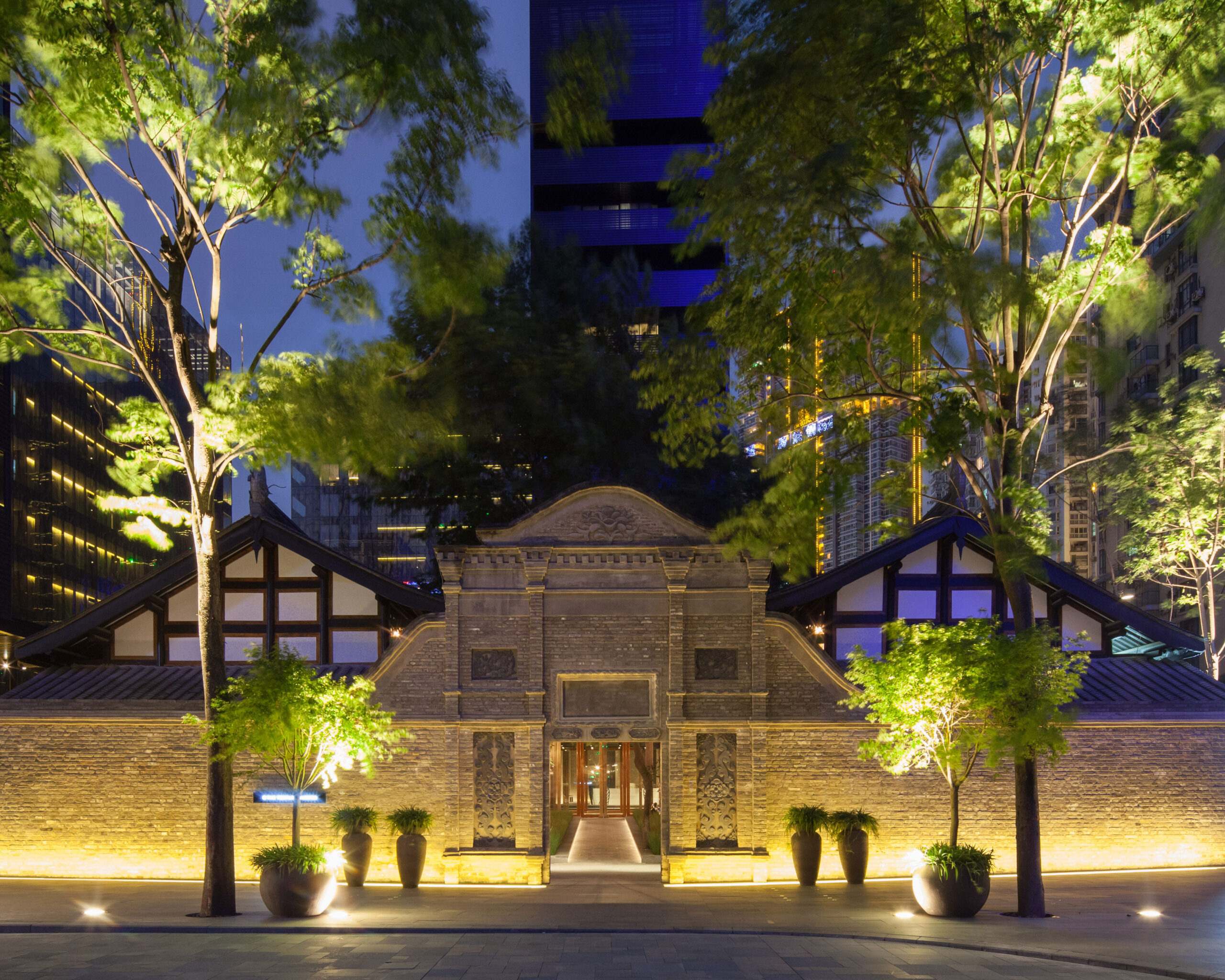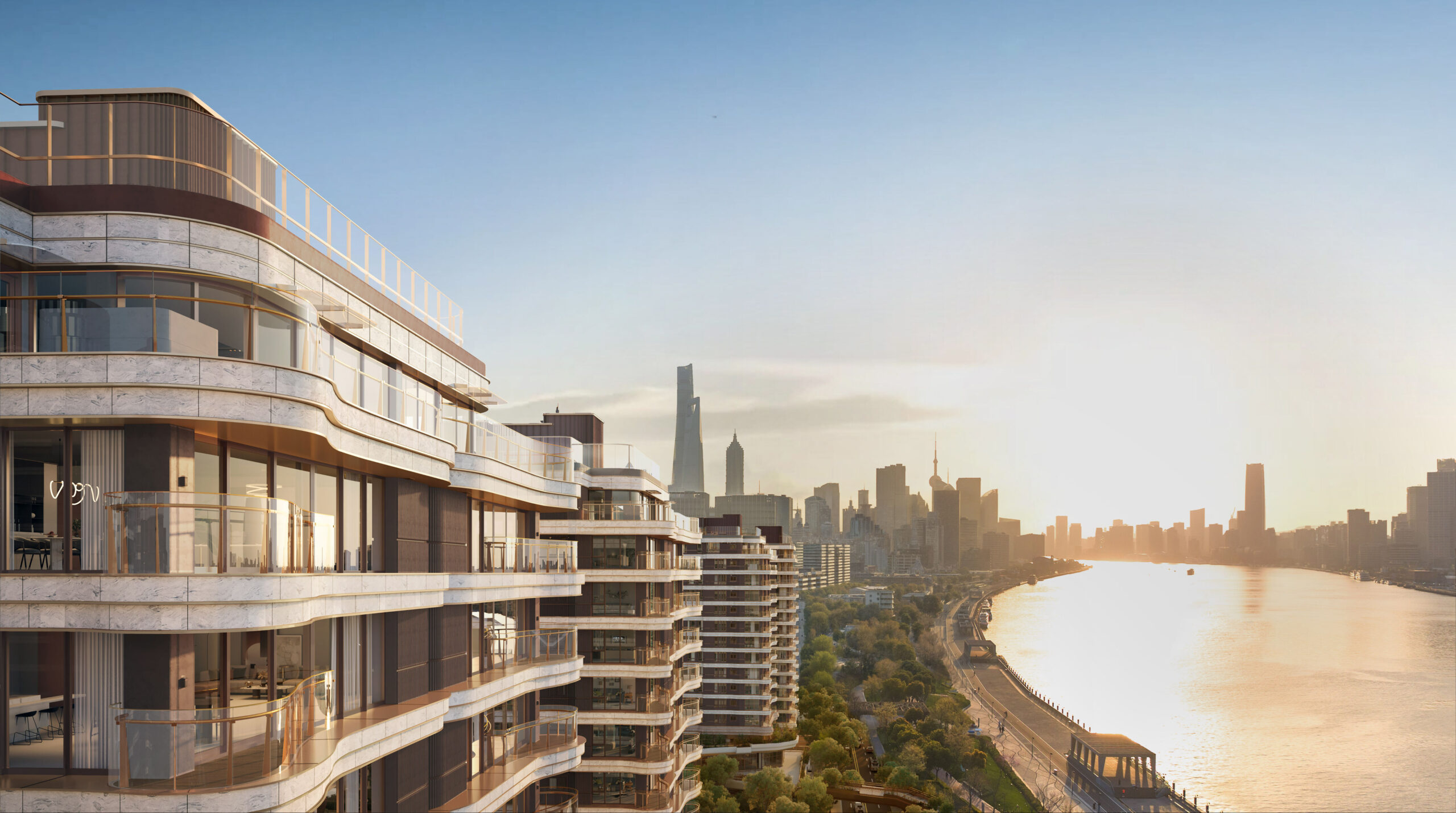
It shows in Wren’s architecture, too. Where his peers generally applied formulaic design rules, Wren drew on intuition as well as rigour, and his theory was tempered by pragmatism. And he could certainly see the big picture. The plan for rebuilding London he submitted to Charles II after the Great Fire would have worked, as his cathedral does, because it was based on a coherent vision that took due note of time, place and context.
Those who only value the serendipitous and organic argue that any all-embracing vision is by nature authoritarian. Citing his 50-odd churches as focal points for London’s villages, they contend that Wren would have hated his unifying plan, had it been built. I disagree. Curiosity and thinking big are inseparable. And when you’re charged with rebuilding a capital city, big ideas come in handy.
So what’s our Big Idea? Because we face a challenge just as daunting, though less immediate, than the devastation of 1666: to tame the sun.
Managing the light of the sun necessarily entails shade, of course. In Junichiro Tanizaki’s 1930s essay ‘In Praise of Shadows’, he describes the West, in its pursuit of progress, as continuously seeking light and clarity – unlike the East, where shadow and subtlety are prized. It’s a hymn to delicacy, understatement and nuance, which concludes that these qualities engender an attitude of appreciation and mindfulness beauty that is central to life lived well.
These complementary themes – taming the sun and valuing shadow – echo Corb’s famous definition of architecture as “the masterly, correct and magnificent play of masses bought together in light.”
All architecture is architecture of the sun; we must respect light and enjoy shade. Driven by curiosity, these imperatives are what underpin our quest for a new architecture that takes our responsibility for the future seriously.
Peter Rees once compared London to a kitchen garden, where the paths (the streets and squares) and specimen plants (the listed buildings) remain constant, but in between, all sorts of new crops are planted. In the bling years before the crash, these new crops took bolder forms. Shape ruled. Wren would have loved it. As the nation’s pre-eminent geometer, he wouldn’t even have needed computers. But austerity has ended the shape race, for now at least; most of us who are submerged in the reality of generating value have seen the welcome return of back-to-basics Euclidean geometries: a new age of reason.
Reason requires us to replace gas-guzzling glass boxes by a new generation of buildings with carbon savings at their heart. Resource and energy efficient. Responsibly procured. Community conscious. It may mean being curious enough to see what happens when you turn convention on its head: 5 Broadgate, for example, was inspired by seeing the building as a solid whole to be carved, rather than a structure to be built in increments.

Curiosity creates the diversity we treasure in our surroundings. Being curious means never being satisfied, forever questioning and searching for better outcomes, using fewer resources.
In his inaugural lecture when he took up the chair of astronomy at Oxford, Wren said, “A time will come when men will stretch out their eyes.”
More than ever before, that time is now.
Adapted from Ken Shuttleworth’s ‘Wren Talk’ in aid of St Bride’s Inspire! Appeal.







